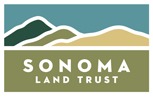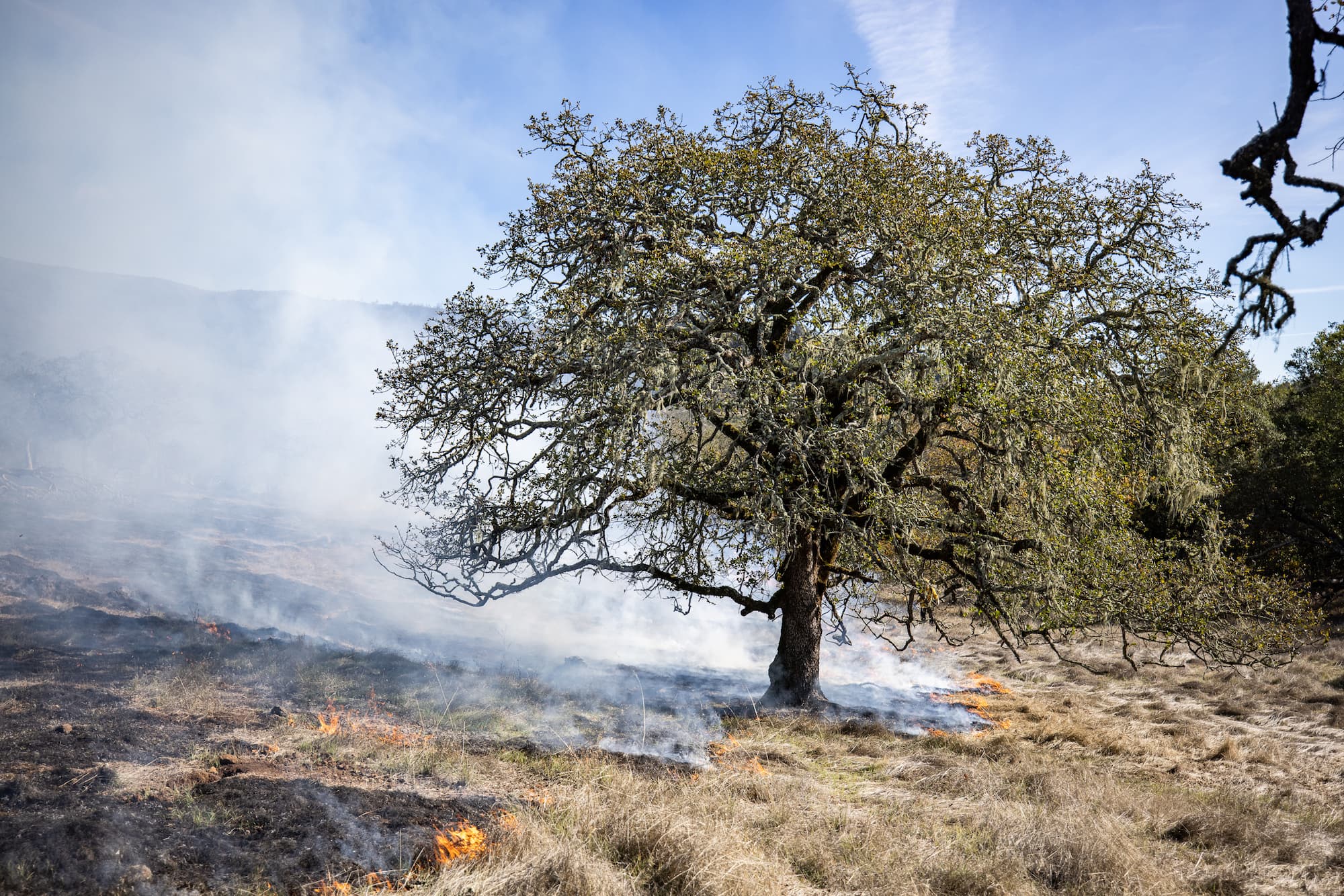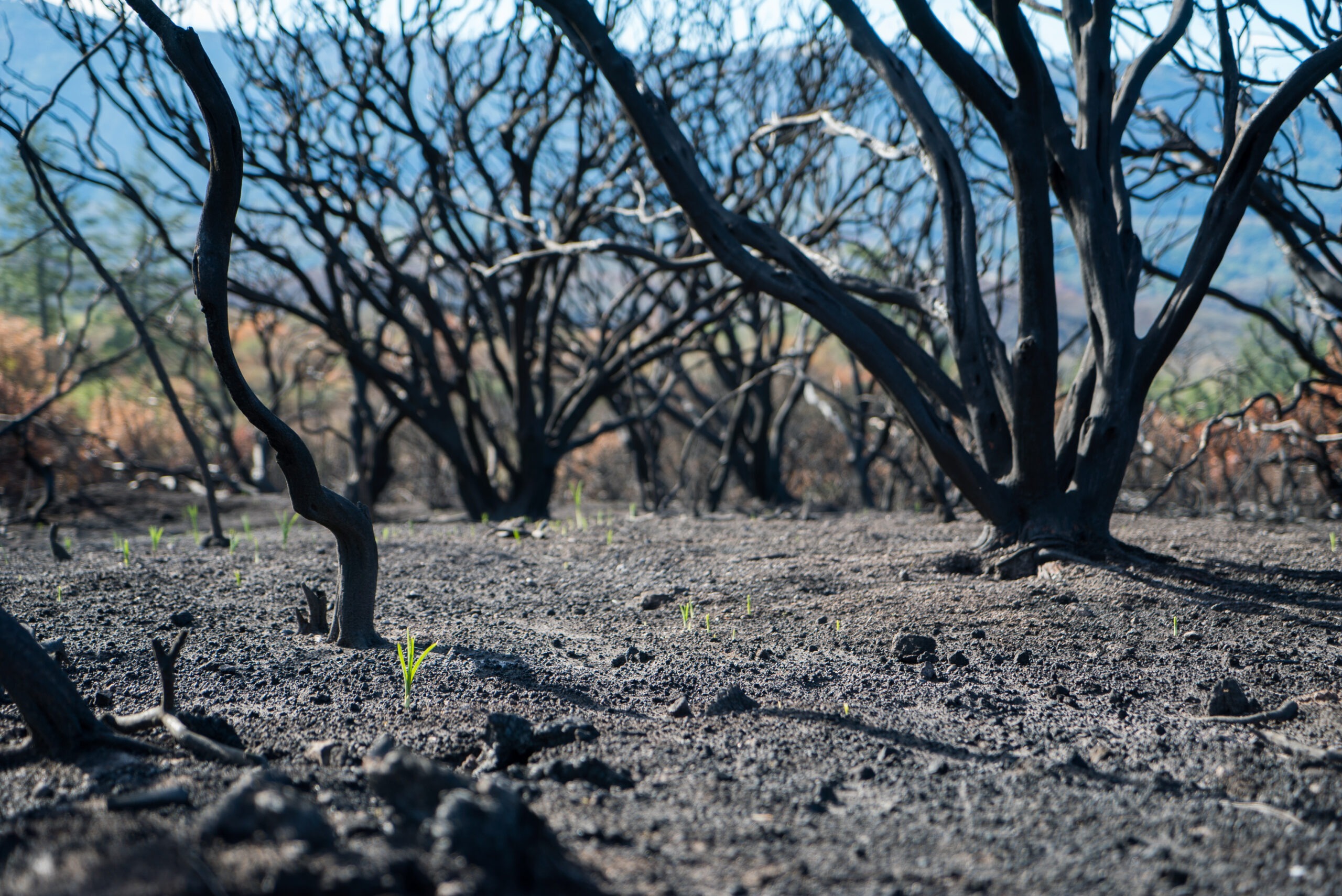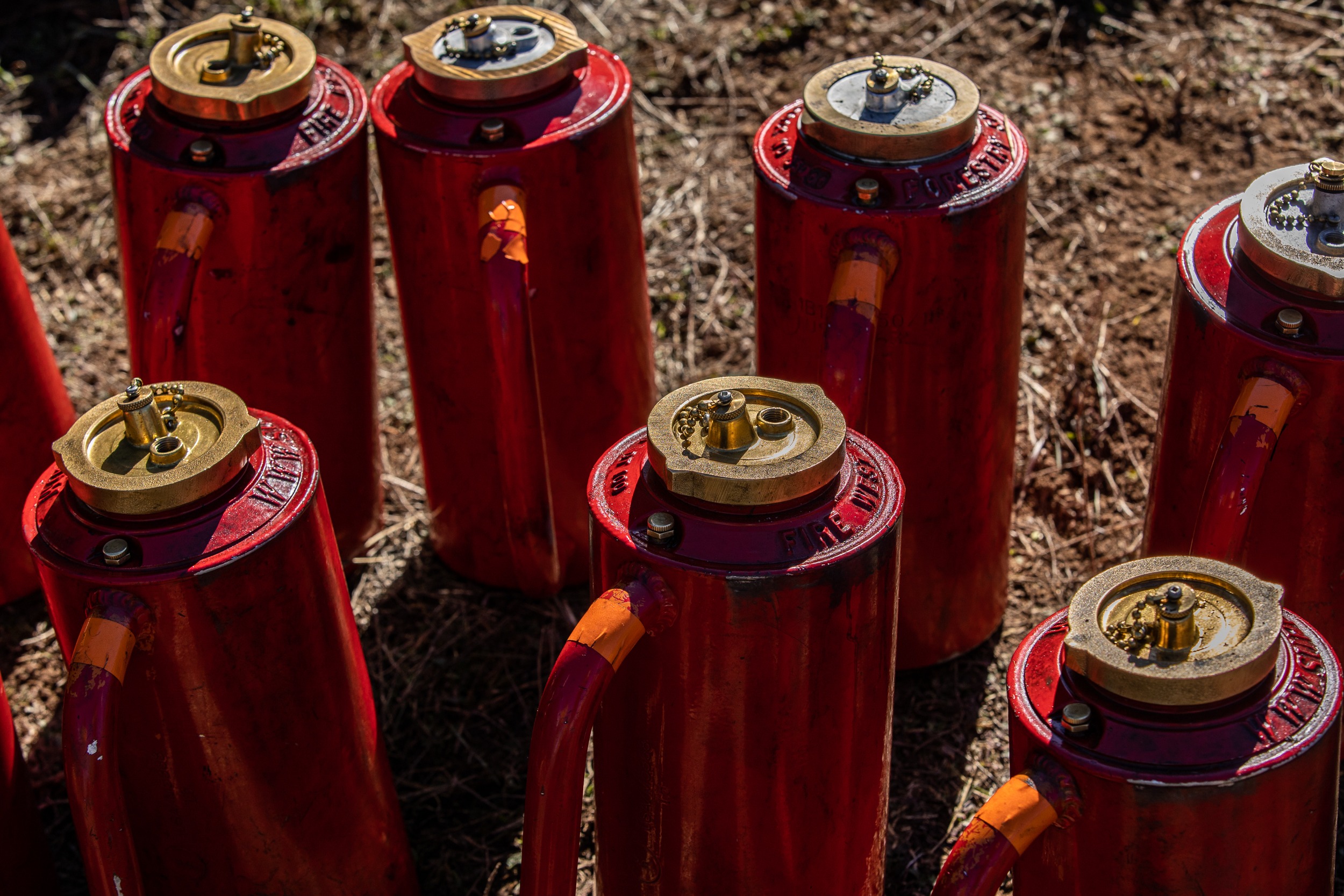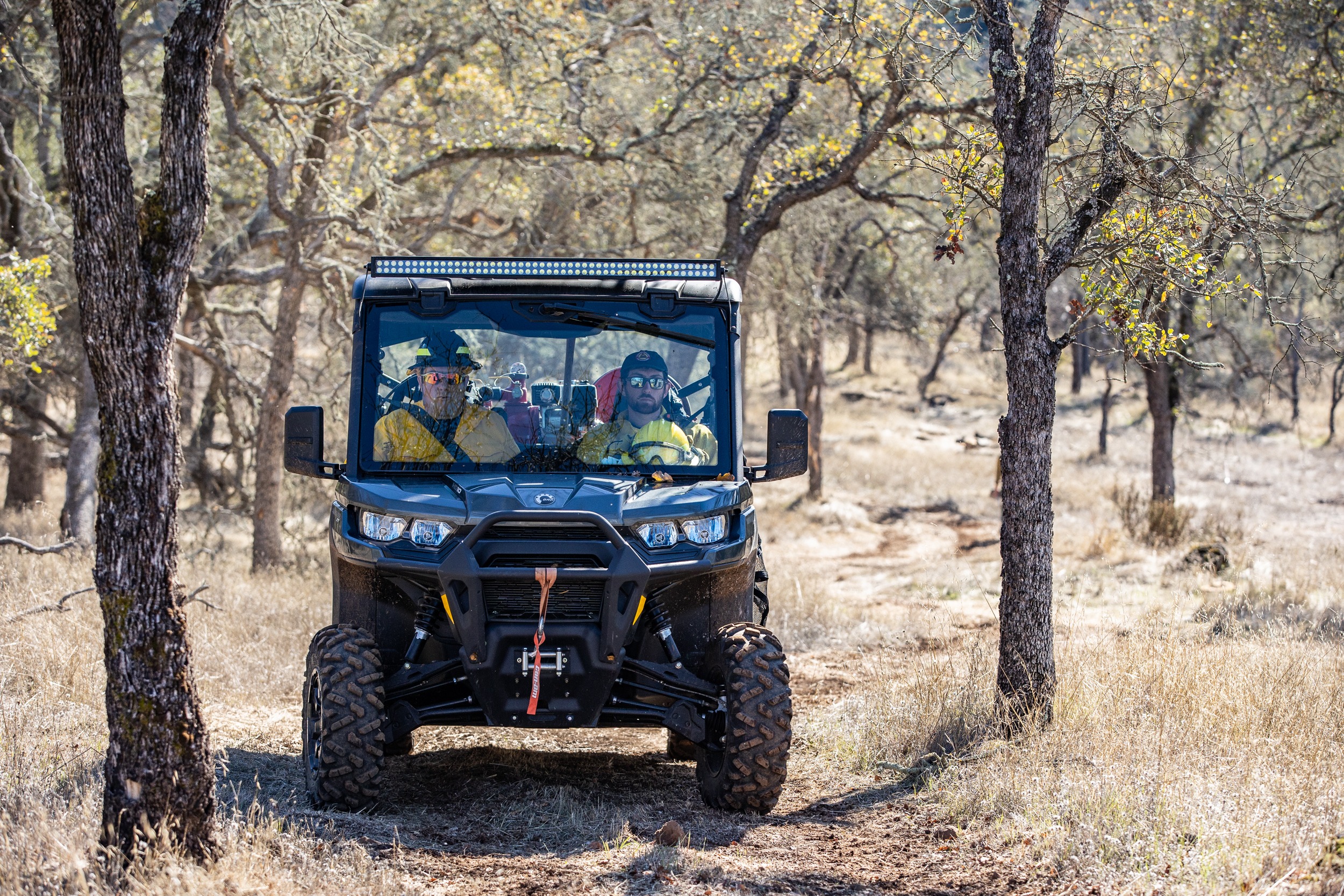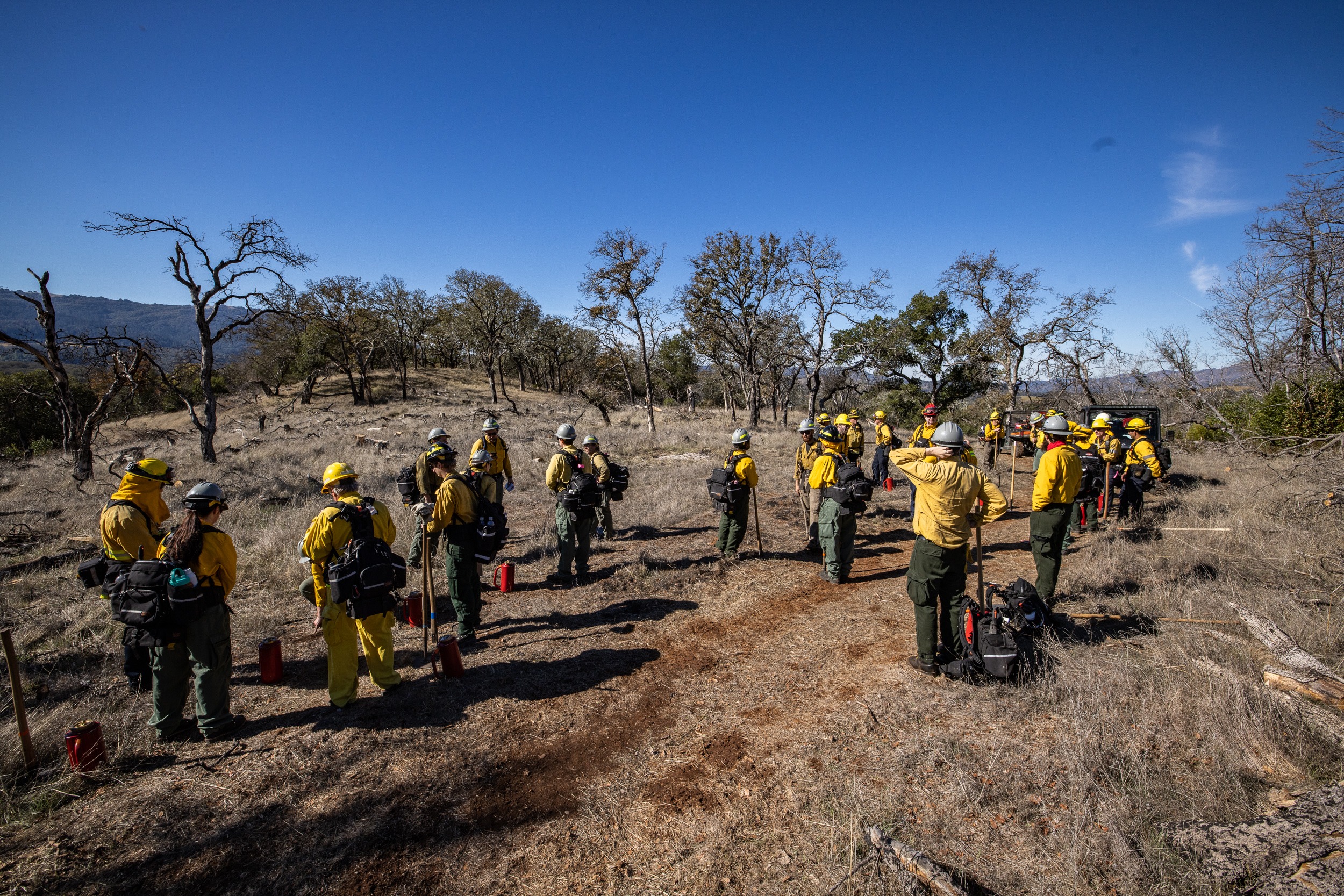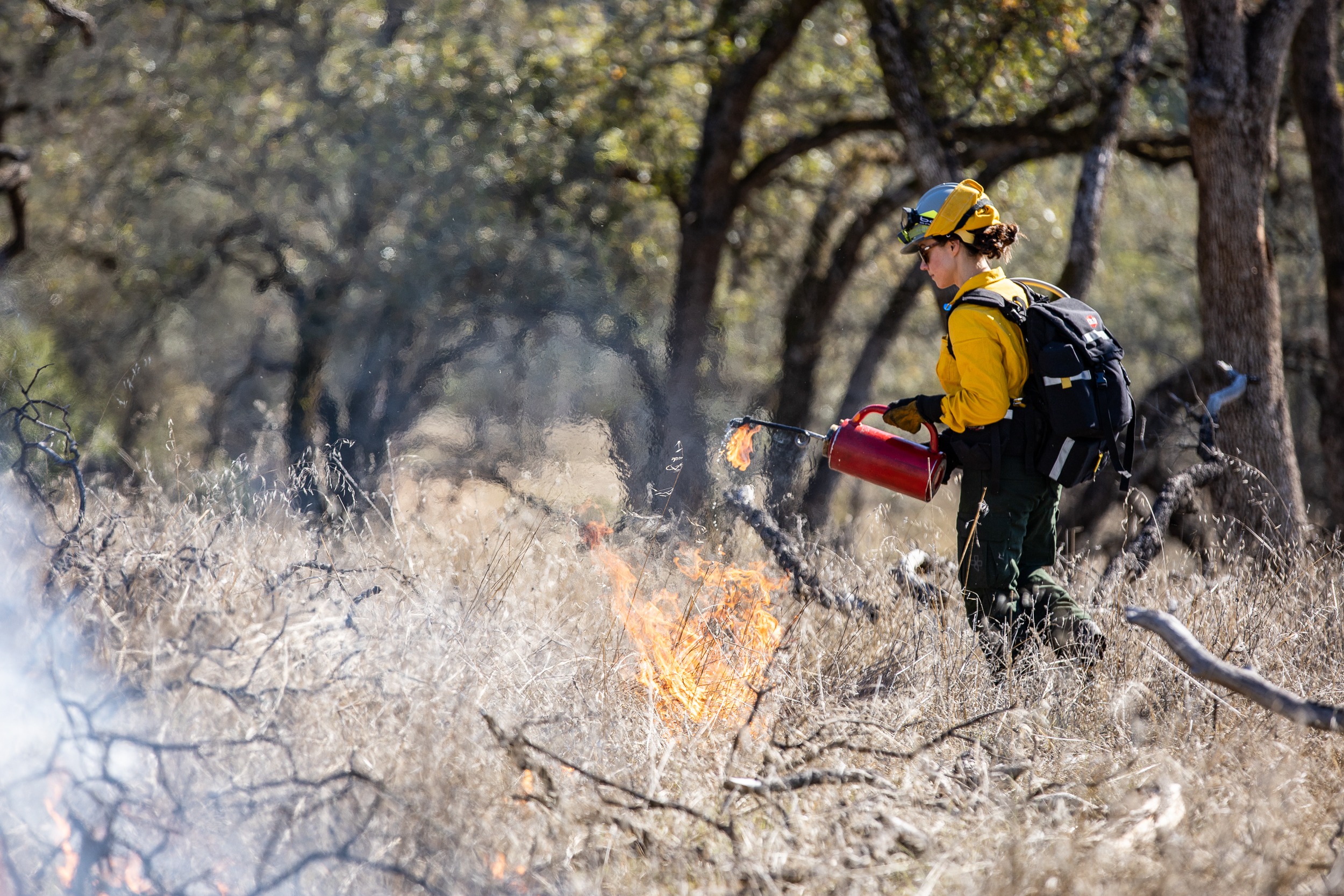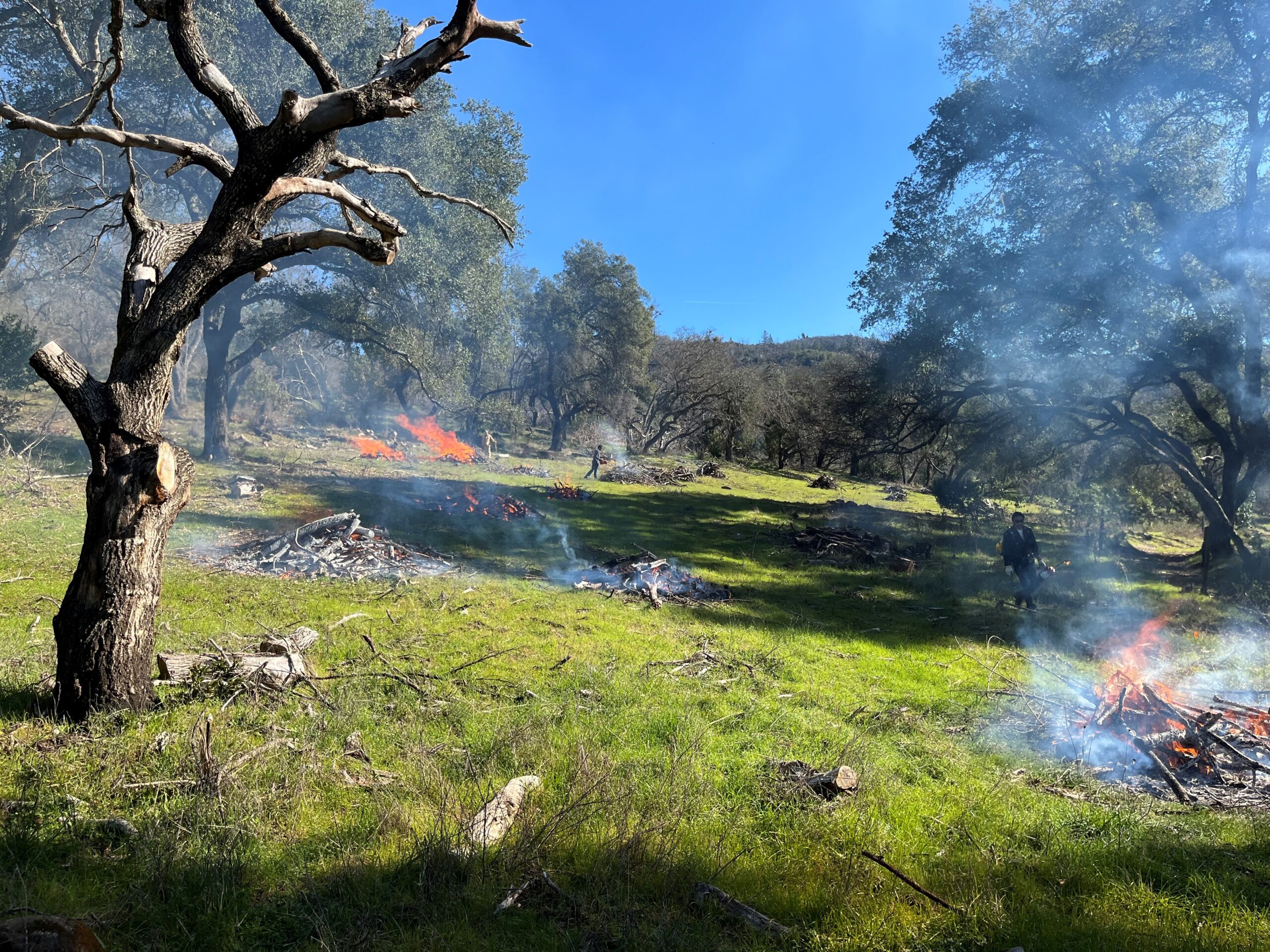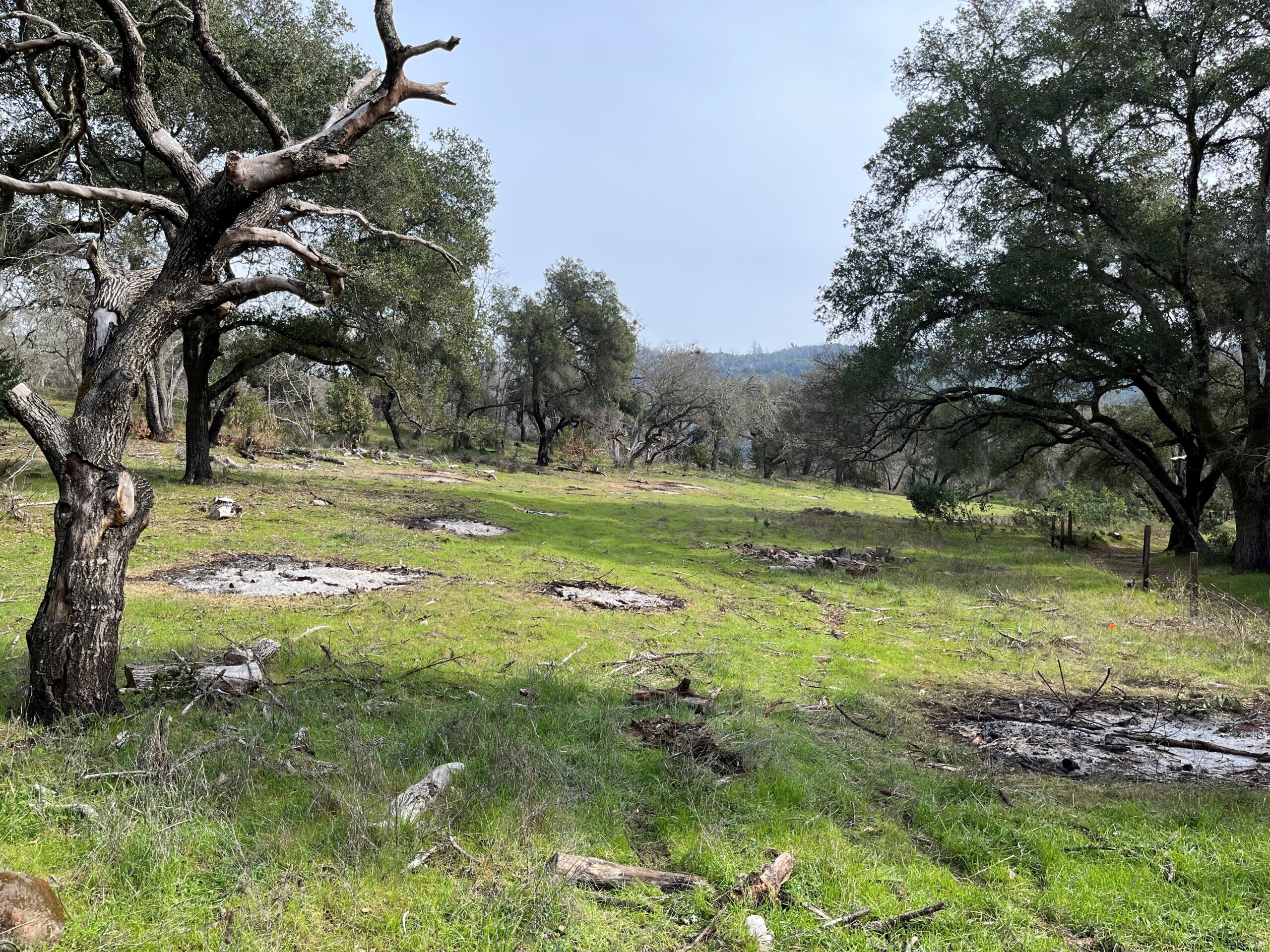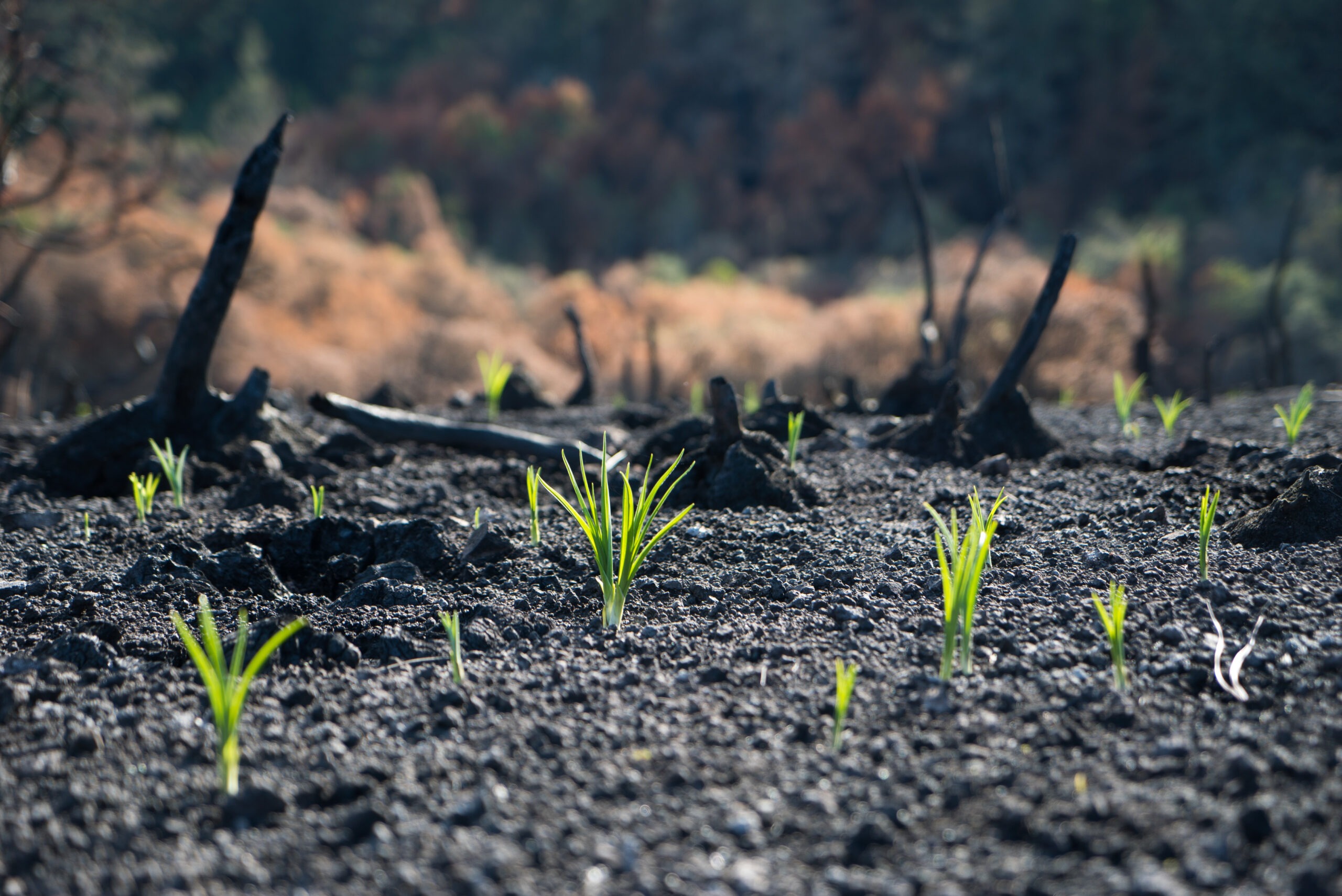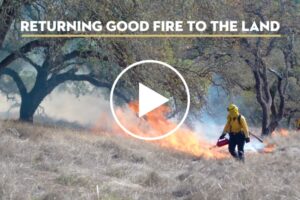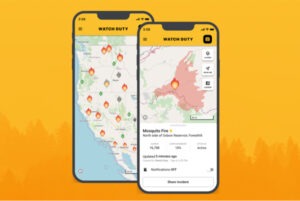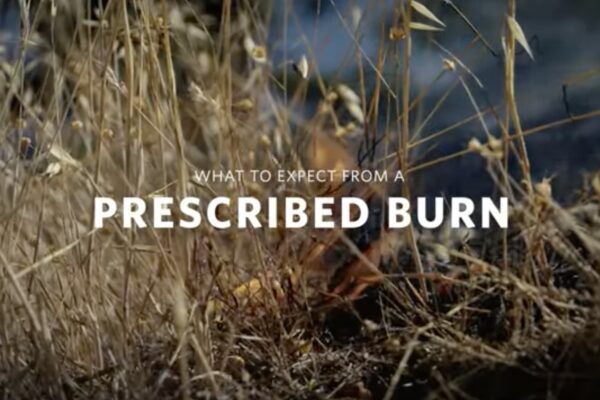Strategic Plan 2023–2028
Land
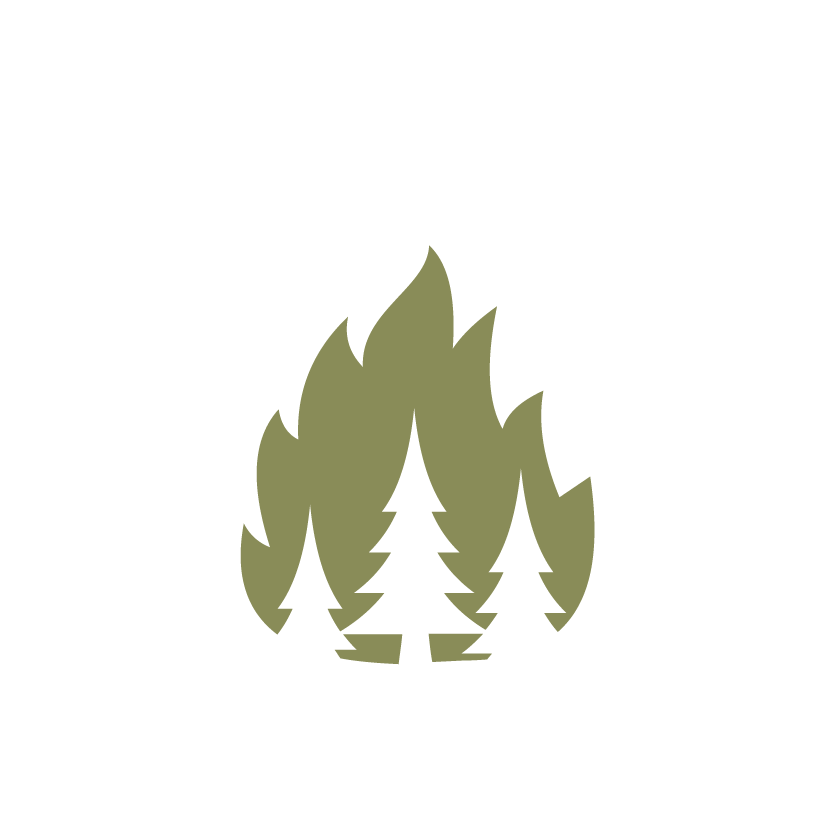

The challenge
Thousands of acres of forested areas in Sonoma County have transformed due to modern forestry practices including the suppression of prescribed fire regimens. As a result, the forests have overgrown into densely wooded areas, become degraded from the stress of increased heat and extended periods of drought dramatically decreasing their resilience to wildfire outbreaks. Left in these conditions, they pose a major risk to the surrounding communities and could succumb to a massive wildfire event.

The solution
Restoring the health of the forest through land management practices that enhance their strength and promote their wellbeing will provide the best defense against a changing climate that threatens their existence. In collaboration with communities, local government agencies, nonprofits, and Indigenous tribes, we are restoring fire’s ecological role in areas where the geography and ecology are best suited for this vegetation management practice. Reintroducing good fire is one tool we use in concert with other management practices that collectively work together to help mitigate the effects of climate change, promote ecosystem health and biodiversity, and improve the fire resilience and safety of our communities.
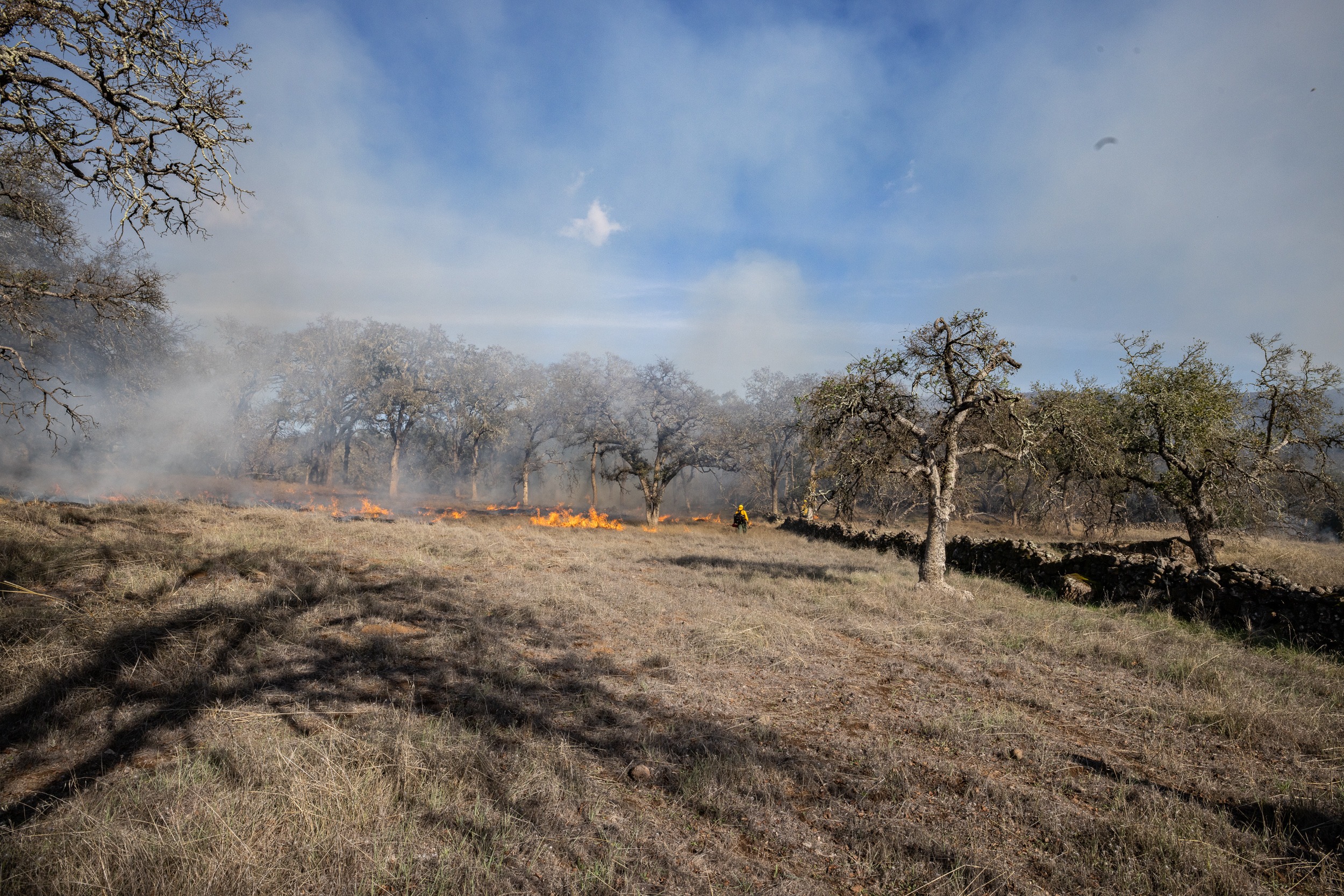
goal
Reintroducing the knowledge and tools required to implement prescribed burns provides our community with the skills and opportunities to harden our landscapes and protect ourselves from catastrophic wildfires. Positioning fire-adapted land management practices as a top priority, our investments, expertise, and nature preserves we will continue to participate in projects across Sonoma County that use good fire to create resiliency to climate change and restore the health of our forests.
Why this matters
Sonoma County has 500,000+ acres of forests and if left unmanaged, could become densely packed and susceptible to catching fire that could burn hot and spread over great distances. Fire-adaptive land management practices that incorporate low-intensity fires can provide large-scale fuel reduction and ecosystem restoration across the complex landscapes of the county. Using prescribed fire as a forest management tool has been repeatedly demonstrated to be a relatively low-risk approach to reestablish balanced ecosystems, enhance biodiversity, and over time, enable our communities and landscapes to become more resilient to wildfires and drought.
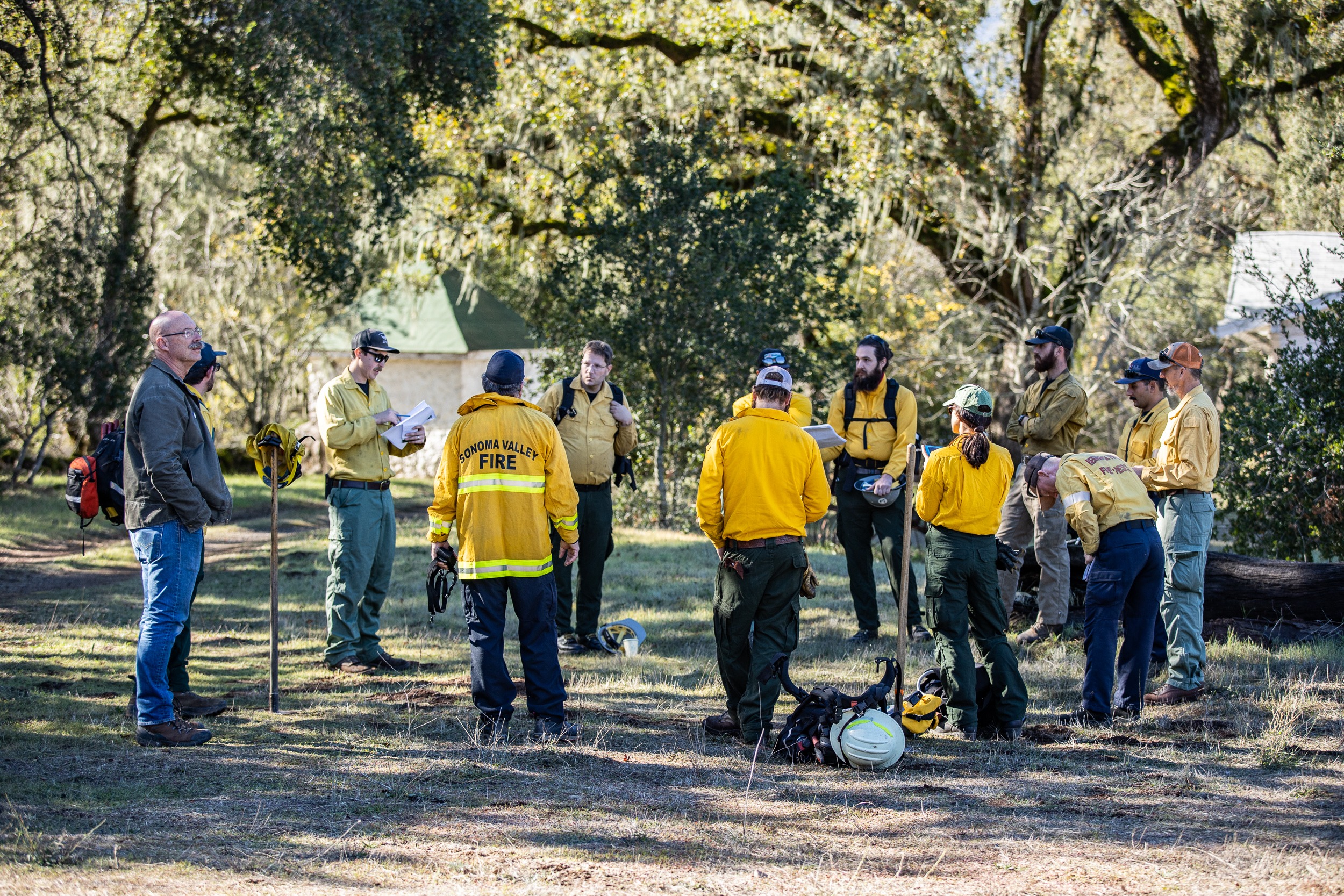
Our approach
The growing field of fire-adaptive land management programs are rooted in science and require a comprehensive understanding of the area to be treated. Our team participates in numerous skills-building courses, obtains the necessary accreditations, and performs this work both on and off of our preserves. We engage early and often with Tribal governments and indigenous communities before initiating prescribed fires to ensure the protection of cultural and natural resources on our land. Working with landowners, the community, and public agency partners, we encourage the education and broader implementation of fire-adaptive land management practices to improve community safety in addition to monitoring the changes to the wildlife and ecosystems though the help of scientists and forestry professionals.
